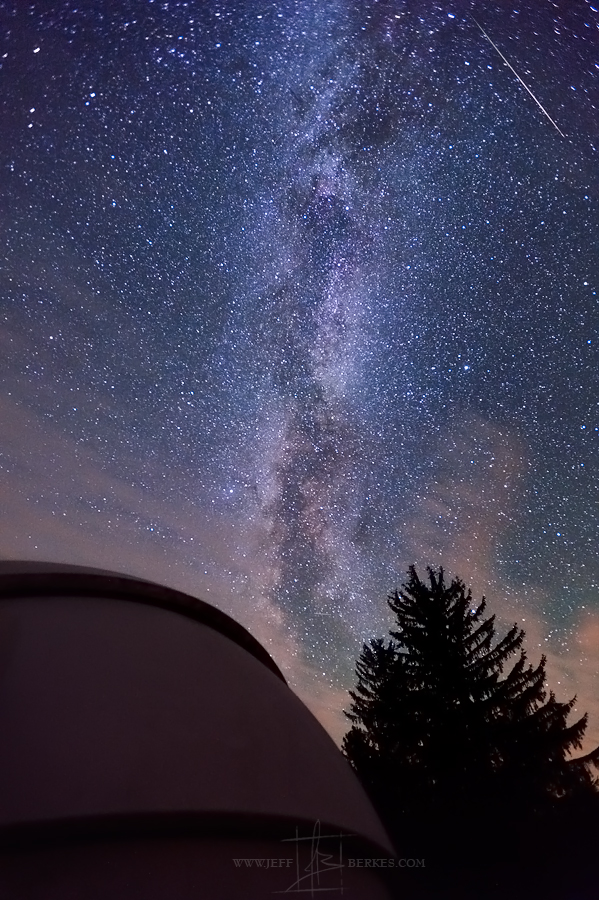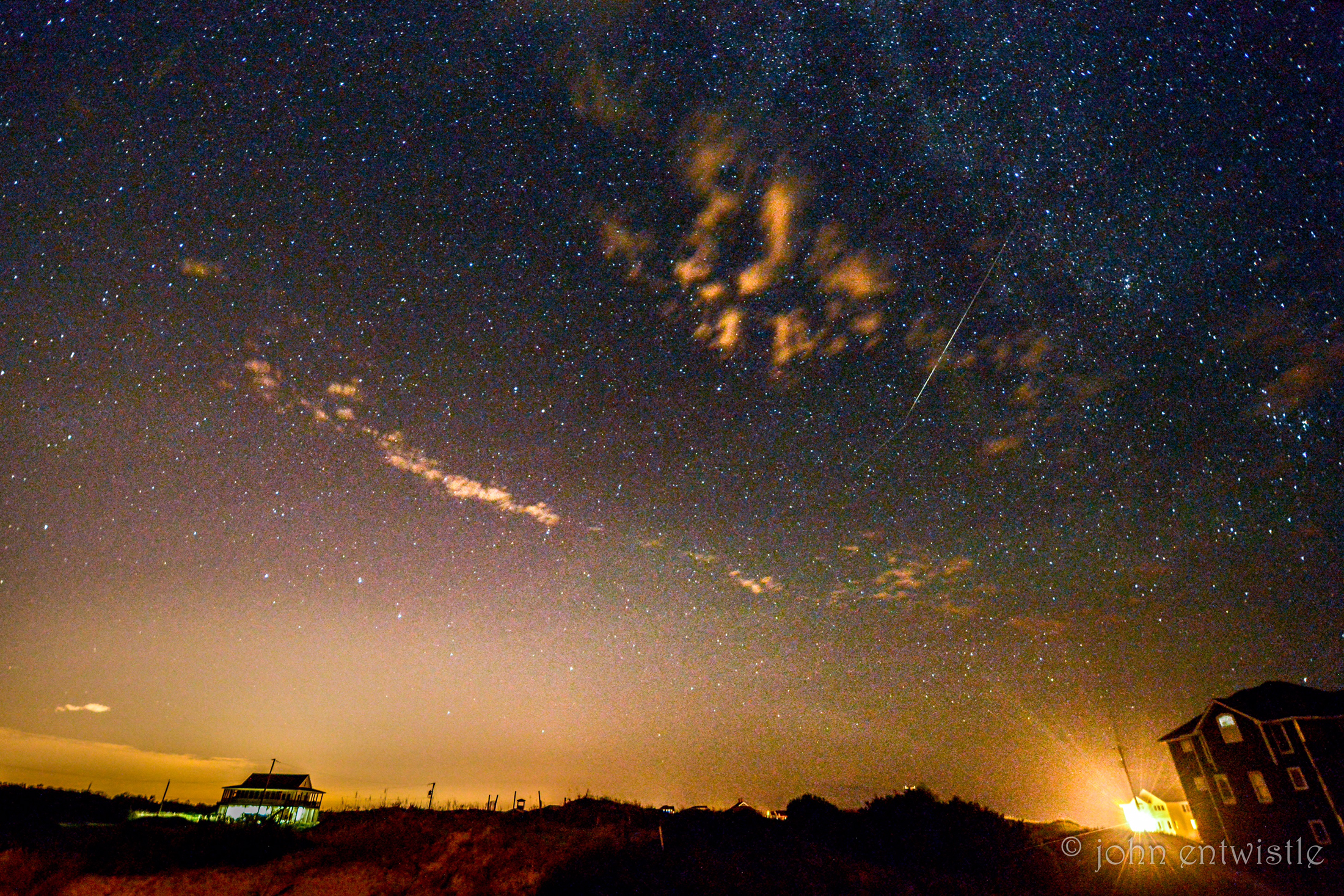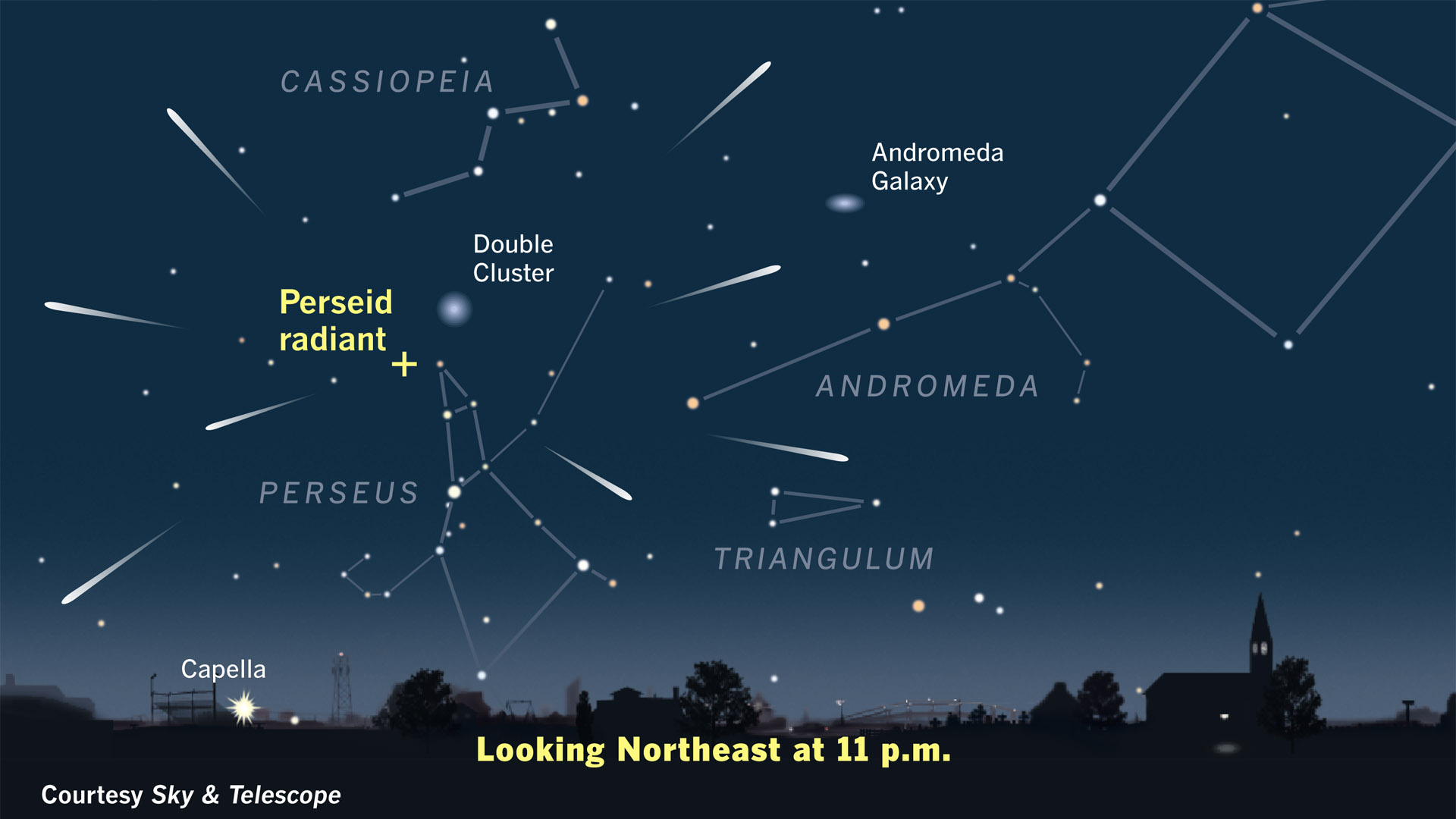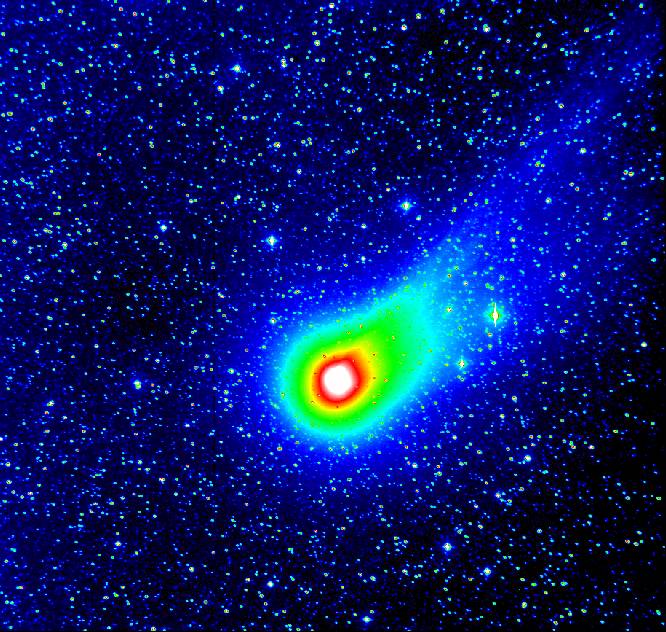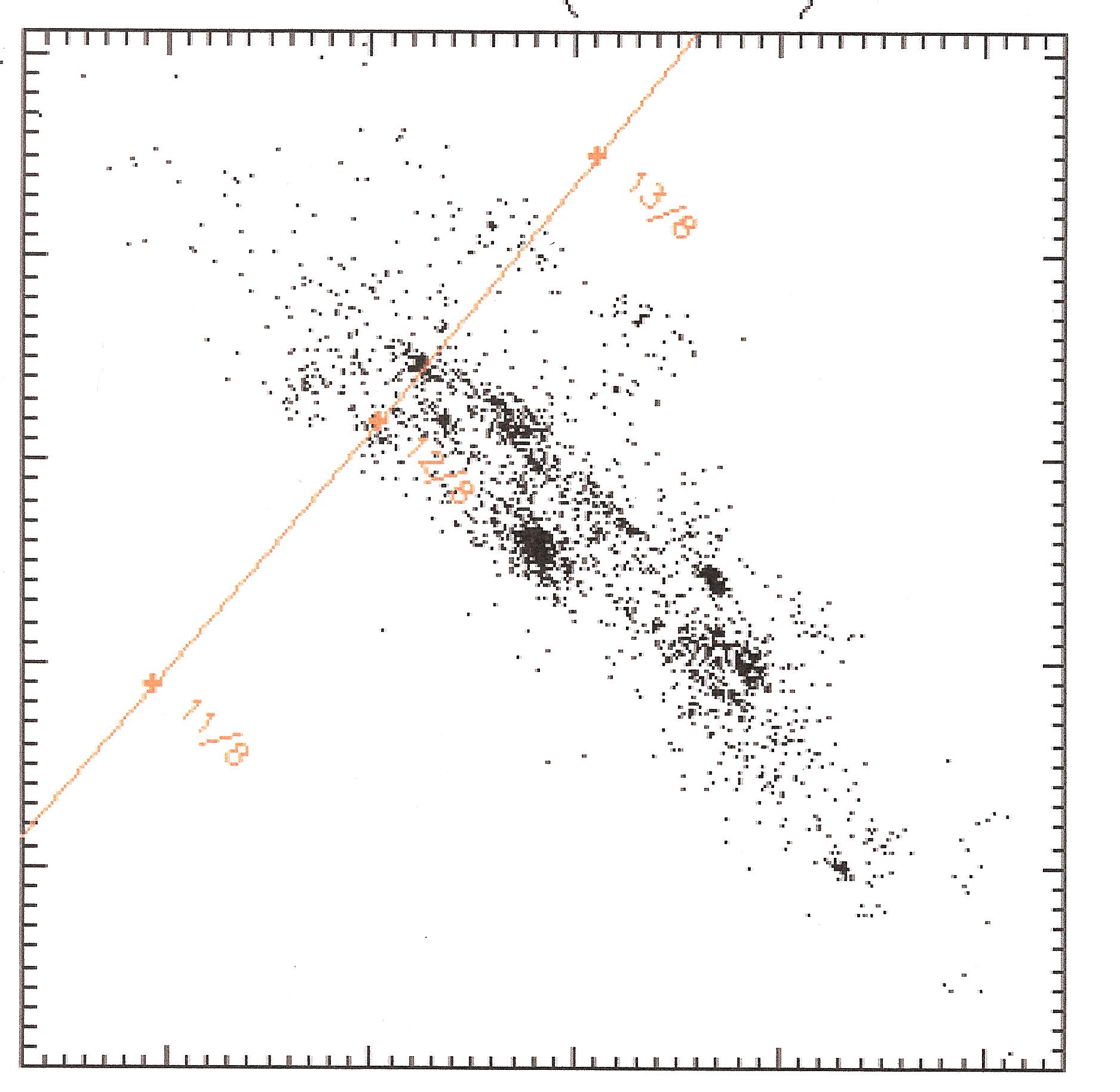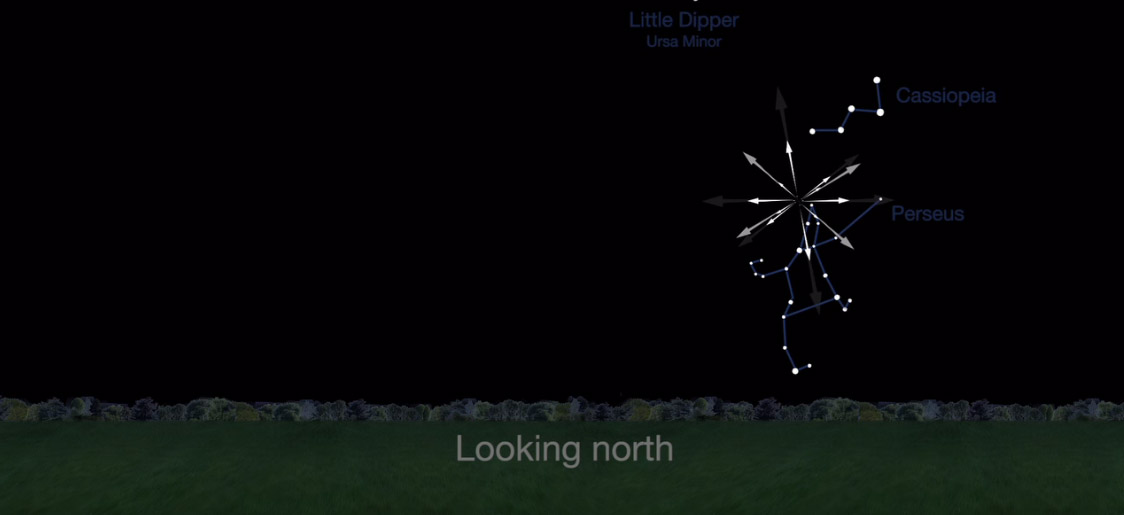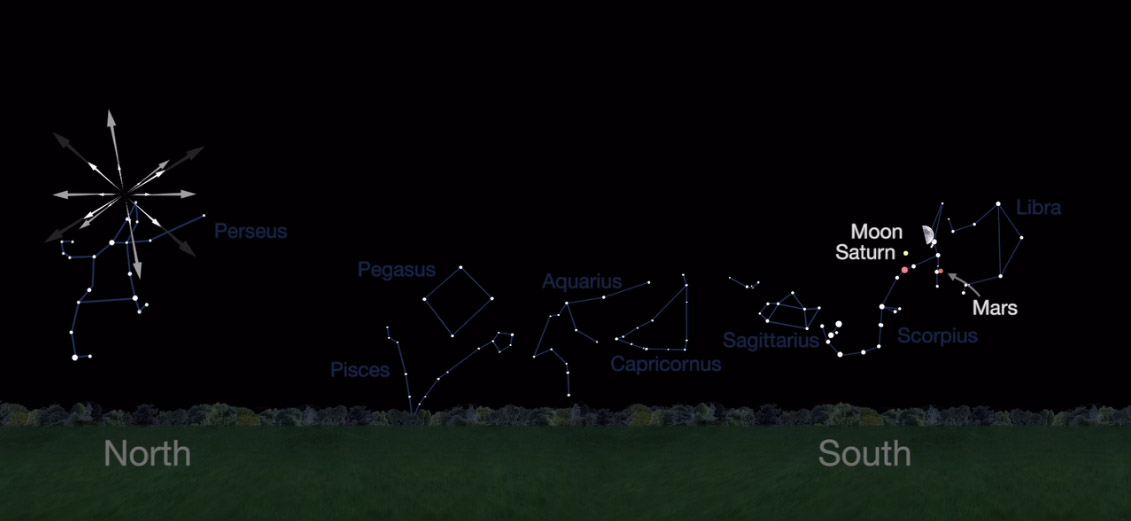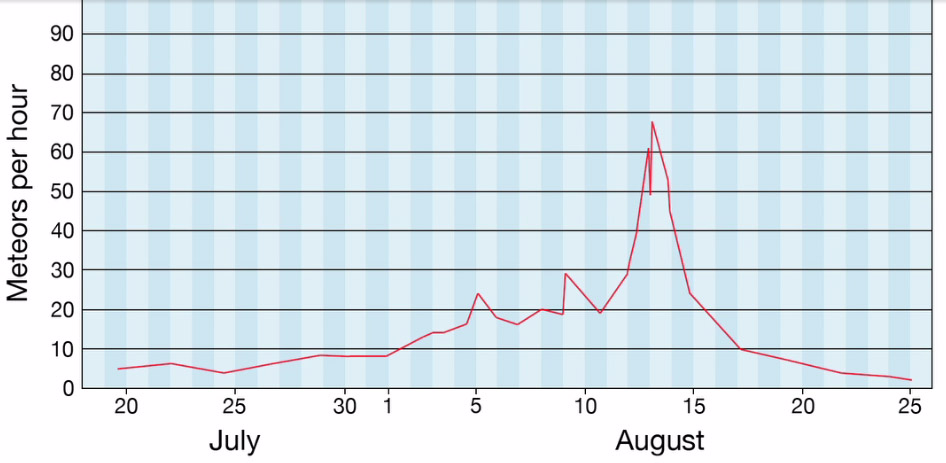Perseid Meteor Shower 2016: Amazing Photos by Skywatchers (Gallery)
Painting the Perseids: Jeff Berkes
Astrophotographer Jeff Berkes sent in this edited photo of a Perseid meteor dashing through the sky to the left of the Milky Way, with an added spiral light painting. The photo was taken at Lyman Run State Park in northern Pennsylvania on the evening of Aug. 6, 2016. Read the Full Story Behind This Photo.
Photographer Jeff Berkes & the Persieds
Astrophotographer Jeff Berkes sent in this photo of an incredibly bright and visible Milky Way galaxy behind a Perseid meteor over an observation dome at Cherry Spring State Park in northern Pennsylvania on the morning of Aug. 8, 2016. Read the Full Story Behind This Photo.
Early Perseid Over Outer Banks, N.C.: John Entwistle
A Perseid meteor streaks over the beach at Corolla in Outer Banks, North Carolina in the early-morning hours of Aug. 5, 2016 in this image by photographer John Entwistle. Related: The 2016 Perseid Meteor Shower: When, Where & How to See It.
Perseids from Perseus
The 2016 Perseids appear to radiate from a spot near the constellation Perseus, which is where they get their name. The meteor display is visible from July 24 to Aug. 17, with a peak at Aug. 11 and 12. Related: The 2016 Perseid Meteor Shower: When, Where & How to See It.
The Perseids' Parent
The Perseid meteor shower is caused by bits of dust leftover from the Comet 109P/Swift-Tuttle, seen here in a false color view by astronomer Jim Scotti of the University of Arizona. The comet flies by Earth every 133 years and last made a close approach in 1992. Scotti captured this image on Nov. 24, 1992. Related: The 2016 Perseid Meteor Shower: When, Where & How to See It.
A Perseid Outburst
The 2016 Perseid meteor shower is what scientists call an "outburst" shower in that there are expected to be more meteors visible this year. That's because of the gravitational influence of Jupiter, which causes clumping in the meteor stream, with the clumps leading to an uptick in activity when Earth passes through them. Related: The 2016 Perseid Meteor Shower: When, Where & How to See It.
Where to See Them
The 2016 Perseid meteor shower will peak overnight on Aug. 11 and 12, 2016. The meteor shower appears to radiate out of the constellation Perseus in the northern sky. Related: The 2016 Perseid Meteor Shower: When, Where & How to See It.
Breaking space news, the latest updates on rocket launches, skywatching events and more!
Comet Swift-Tuttle Over Time
Astronomer Jim Scotti tracked the comet parent of the Perseids - Comet 109P/Swift-Tuttle - over eight nights in late November and early December of 1992, creating this series of images showing variations in the comet's tail. Related: The 2016 Perseid Meteor Shower: When, Where & How to See It.
The Moon Interferes
One obstacle for Perseid meteor hunters this year is the bright moon, which can wash out all but the brightest fireballs. After 1 a.m. local time, the moon should have set offering the best time to see Perseids, according to NASA. Related: The 2016 Perseid Meteor Shower: When, Where & How to See It.
The Perseid Plot
This NASA plot charts the forecasted activity of the 2016 Perseid meteor shower as it approaches its peak on Aug. 11. Related: The 2016 Perseid Meteor Shower: When, Where & How to See It.

Tariq is the award-winning Editor-in-Chief of Space.com and joined the team in 2001. He covers human spaceflight, as well as skywatching and entertainment. He became Space.com's Editor-in-Chief in 2019. Before joining Space.com, Tariq was a staff reporter for The Los Angeles Times covering education and city beats in La Habra, Fullerton and Huntington Beach. He's a recipient of the 2022 Harry Kolcum Award for excellence in space reporting and the 2025 Space Pioneer Award from the National Space Society. He is an Eagle Scout and Space Camp alum with journalism degrees from the USC and NYU. You can find Tariq at Space.com and as the co-host to the This Week In Space podcast on the TWiT network. To see his latest project, you can follow Tariq on Twitter @tariqjmalik.

